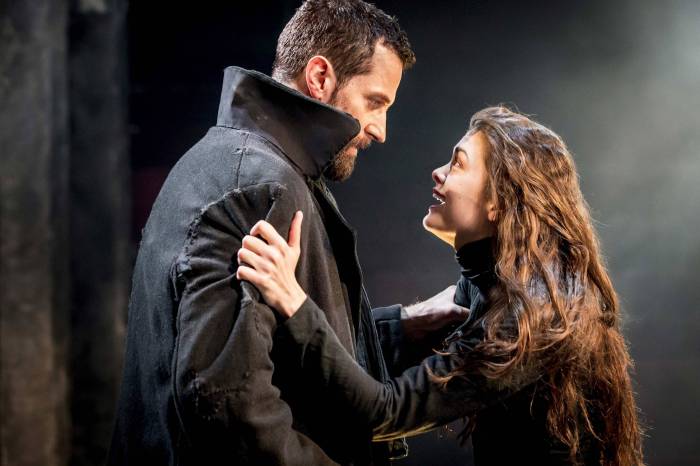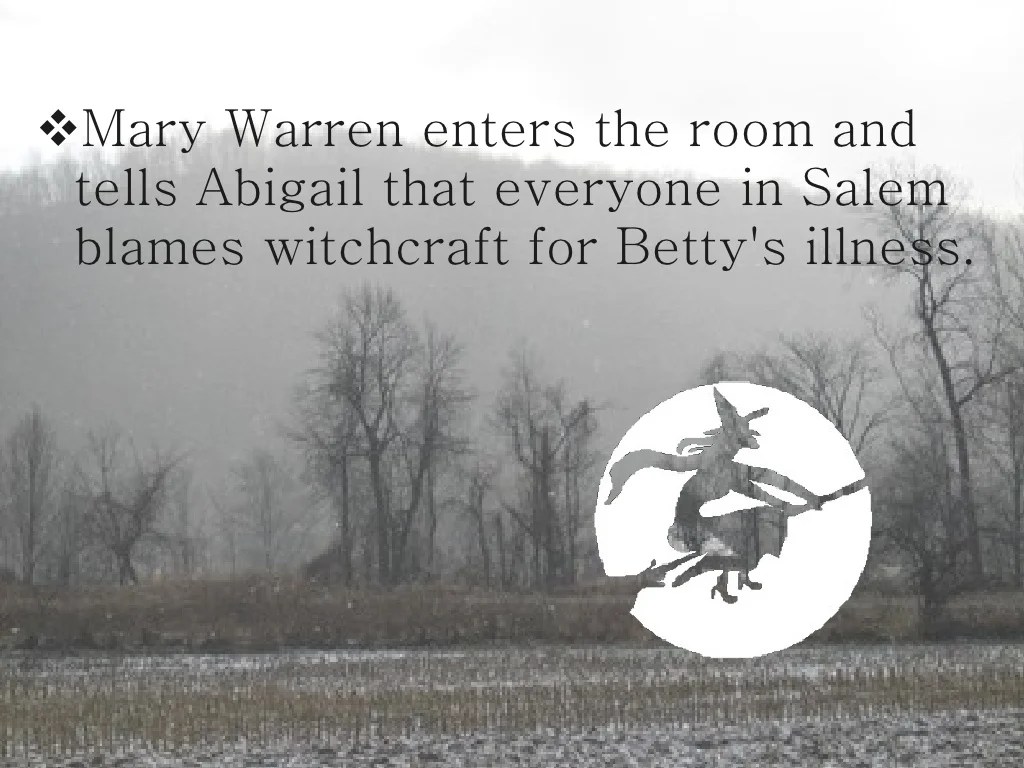Embarking on a journey into The Crucible Act 2 film analysis, we delve into a profound exploration of the play’s historical, social, and thematic undertones. Through a comprehensive examination of character development, symbolism, and the film’s adaptation, this analysis sheds light on the complexities and enduring relevance of Arthur Miller’s masterpiece.
The second paragraph delves into the historical context of the Salem witch trials, examining the social and religious tensions that fueled the hysteria and injustice depicted in the play. It explores the ways in which these tensions manifest in the events of Act 2, shaping the characters’ motivations and actions.
Historical and Social Context: The Crucible Act 2 Film Analysis
The Salem witch trials of 1692, the historical backdrop of The Crucible, serve as a chilling reminder of the dangers of mass hysteria and the fragility of human justice. Within the rigidly Puritan society of Salem, religious fervor and social tensions converged to create a perfect storm for persecution.
Puritan beliefs emphasized the constant struggle between good and evil, and the fear of witchcraft was deeply ingrained in the community. Social divisions and rivalries also played a role, as factions within the town competed for power and influence.
Social and Religious Tensions in Act 2
- The conflict between Abigail Williams and John Proctor reflects the social hierarchy of Salem, with Abigail representing the younger, disenfranchised members of the community who seek to challenge the authority of the established elite.
- The accusations of witchcraft against Mary Warren and others highlight the fear and paranoia that gripped the town, as individuals were quick to point fingers at those they suspected or disliked.
- The interrogation of Rebecca Nurse, a respected and devout member of the community, demonstrates the erosion of trust and the willingness to condemn even the most upstanding citizens.
Character Development

Abigail Williams
In Act 2, Abigail’s cunning and ambition become increasingly apparent. She manipulates the girls in her coven to support her accusations and uses her power to threaten those who oppose her.
John Proctor
Proctor emerges as a complex and conflicted character. While initially dismissive of the accusations, he is forced to confront his own guilt and the moral compromises he has made.
Conflicts and Impact
- Abigail’s desire for revenge against Proctor and her jealousy of Elizabeth drive her to escalate the accusations, creating a dangerous cycle of fear and paranoia.
- Proctor’s growing disillusionment with the court and his refusal to conform to the hysteria put him at odds with the community and ultimately lead to his downfall.
- The conflicts between Abigail and Proctor expose the underlying tensions within the Puritan society, as well as the destructive power of unchecked ambition and fear.
Themes and Motifs

Central Themes
- Mass Hysteria:The play explores the dangers of mass hysteria and the ease with which individuals can be swayed by fear and prejudice.
- Guilt and Redemption:Proctor’s struggle with his own guilt and his desire for redemption are central to the play’s themes.
- Power and Corruption:The abuse of power and the corrupting influence of fear are examined through the actions of Abigail and the court.
Motifs
- Fire and Darkness:The use of fire and darkness imagery throughout the play symbolizes the destructive nature of mass hysteria and the moral ambiguity of the characters.
- The Forest:The forest setting represents the untamed wilderness that exists within human nature and the dangers that lurk within.
Symbolism and Imagery

Forest
The forest in Act 2 is a place of both danger and temptation. It is where Abigail and her followers engage in illicit activities and where Proctor confronts his own desires.
Courtroom, The crucible act 2 film analysis
The courtroom in Act 2 is a microcosm of the Puritan society, where power and authority are wielded with both righteousness and corruption.
Light and Shadow
The use of light and shadow in the play creates a sense of tension and suspense, as the characters navigate the murky waters of guilt and innocence.
Structure and Style

Structure
Act 2 of The Crucible is structured using flashbacks and parallel scenes, which create a sense of urgency and heighten the dramatic tension.
- Flashbacks:The flashbacks to Abigail’s past reveal her motivations and the origins of her conflict with Proctor.
- Parallel Scenes:The parallel scenes between the interrogations in the courtroom and the events in the forest create a sense of suspense and highlight the contrast between the public and private spheres.
Language and Dialogue
Miller’s use of language and dialogue in Act 2 is both evocative and precise. The characters speak in a heightened, poetic style that reflects the intensity of the emotions and the moral dilemmas they face.
Film Adaptation
Comparison with the Play
The film adaptation of Act 2 of The Crucible, directed by Nicholas Hytner, is a faithful and powerful rendering of the play. The film effectively captures the atmosphere of fear and paranoia that permeates the Puritan community.
- Casting:Daniel Day-Lewis as John Proctor and Winona Ryder as Abigail Williams deliver nuanced and emotionally charged performances.
- Setting:The film’s depiction of the forest and the courtroom is visually stunning and contributes to the play’s sense of realism.
- Interpretation:Hytner’s interpretation of the play emphasizes the psychological and emotional toll that the witch trials take on the characters.
Answers to Common Questions
What is the central conflict in The Crucible Act 2?
The central conflict in Act 2 revolves around the accusations of witchcraft made by Abigail Williams and her followers, which escalate into a frenzy of mass hysteria and threaten to tear the Puritan community apart.
How does the film adaptation of Act 2 differ from the original play?
The film adaptation of Act 2 differs from the original play in several ways, including the use of flashbacks, the casting of certain characters, and the emphasis on visual elements to convey the play’s themes and atmosphere.